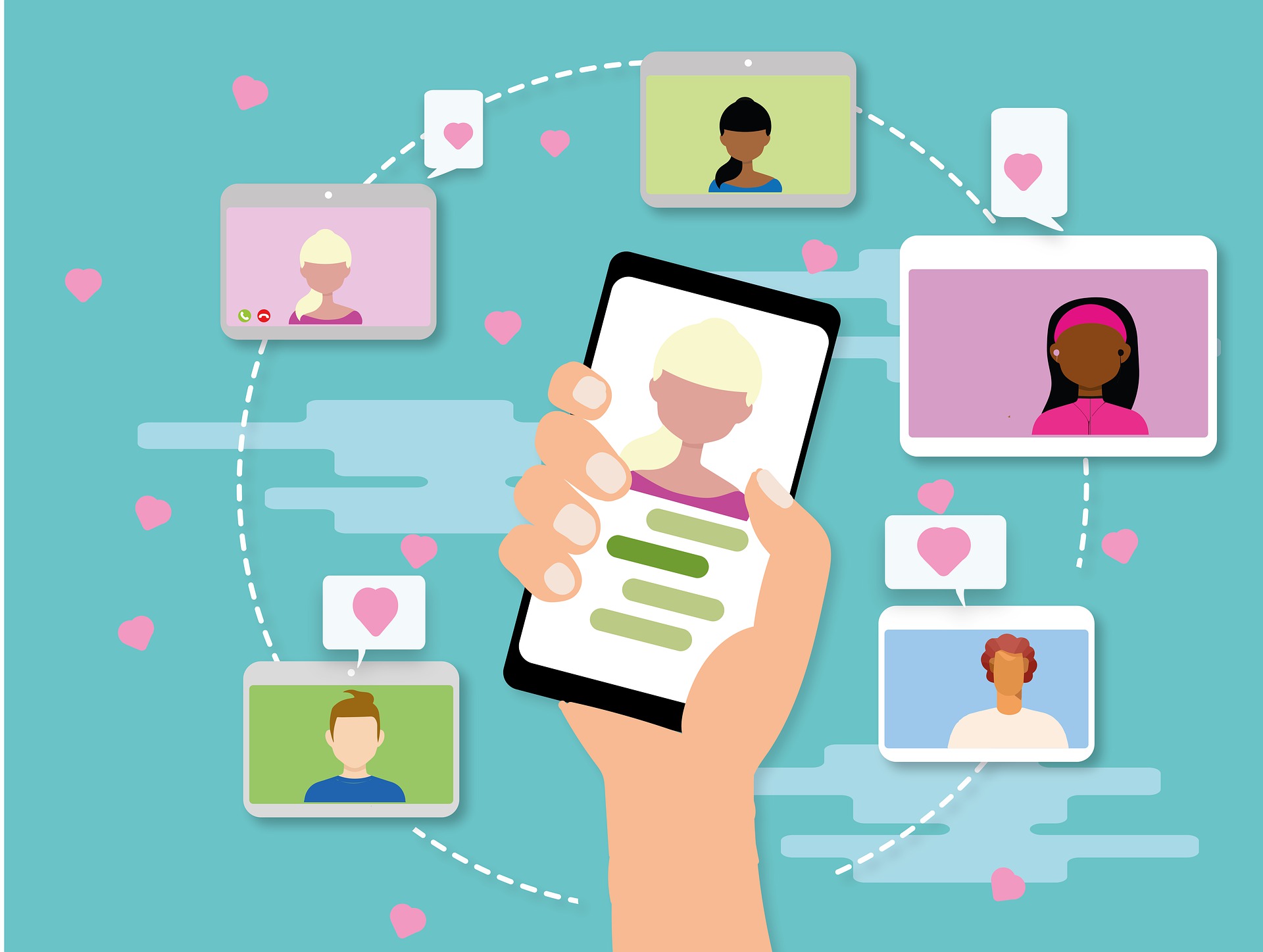Silent Rebellion: The Rise of Noise-Canceling Culture
In a world that never seems to quiet down, a new social phenomenon is emerging. Noise-canceling culture, characterized by the increasing use of technology to create personal bubbles of silence, is reshaping how we interact with our environment and each other. From bustling city streets to open-plan offices, people are tuning out the cacophony of modern life. But what are the implications of this trend for society, relationships, and our own well-being?

The origins of this phenomenon can be traced back to the invention of noise-canceling headphones in the 1980s. Initially developed for aviation, these devices have since become ubiquitous in everyday life. As urban environments have grown louder and more crowded, people have increasingly turned to these technological solutions to carve out moments of peace in their daily routines.
The Psychology of Seeking Silence
The human brain is not well-equipped to handle constant noise exposure. Studies have shown that prolonged exposure to noise can lead to increased stress levels, decreased cognitive performance, and even physical health issues. In response to these challenges, many individuals are instinctively seeking ways to reduce their auditory input.
Psychologists suggest that the desire for silence is not merely about avoiding discomfort, but also about regaining a sense of control over one’s environment. In a world where external stimuli are constantly vying for our attention, the ability to choose what we hear—or don’t hear—can be empowering and restorative.
The Social Implications of Tuning Out
While noise-canceling technology offers numerous benefits to individuals, its widespread adoption is not without societal consequences. One of the most significant impacts is the potential for reduced social interaction. When people are constantly plugged in, they may miss out on spontaneous conversations, important announcements, or even safety warnings.
Moreover, the visible presence of headphones can act as a social barrier, discouraging others from initiating contact. This has led to concerns about the erosion of community bonds and the potential for increased social isolation, particularly in urban environments where chance encounters often play a crucial role in building social networks.
Redefining Public Spaces and Etiquette
The proliferation of noise-canceling devices is also changing the way we perceive and use public spaces. Libraries, once sanctuaries of silence, are now often filled with individuals wearing headphones. Coffee shops, traditionally hubs of conversation, are increasingly populated by silent patrons focused on their devices.
This shift is prompting a reevaluation of social norms and etiquette. Questions arise about when it is appropriate to use noise-canceling technology and how to navigate interactions with those who are tuned out. Some establishments have begun to implement policies around headphone use, recognizing the need to balance individual preferences with collective experiences.
The Workplace Revolution: Silence in the Office
One area where noise-canceling culture has had a particularly profound impact is the workplace. Open-plan offices, once hailed as catalysts for collaboration, have become breeding grounds for distraction and reduced productivity. In response, many employees have turned to noise-canceling headphones as a means of creating personal focus zones.
This trend has not gone unnoticed by employers. Some companies now provide noise-canceling headphones to their staff, recognizing their potential to boost concentration and job satisfaction. However, this solution also raises questions about team dynamics and the balance between individual focus and collective creativity.
The Quest for Authentic Silence
As noise-canceling technology becomes more prevalent, a countermovement is emerging. Some individuals are seeking out natural silence through activities like meditation retreats, nature excursions, and silent cafes. This suggests a growing recognition that while technology can provide a simulacrum of silence, it may not fully replicate the benefits of genuine quiet environments.
Researchers are investigating whether technologically-induced silence offers the same cognitive and emotional benefits as natural silence. Early studies indicate that while noise-canceling devices can reduce stress and improve focus, they may not provide the same restorative effects as experiencing silence in nature or purpose-built quiet spaces.
Balancing Act: The Future of Noise-Canceling Culture
As we move forward, the challenge lies in harnessing the benefits of noise-canceling technology while mitigating its potential negative impacts on social cohesion and environmental awareness. Urban planners and architects are beginning to incorporate acoustic design principles into public spaces, creating areas that naturally promote calm without the need for personal devices.
Additionally, there is growing interest in developing smart noise-canceling systems that can selectively filter sounds, allowing important auditory cues to penetrate while still reducing overall noise levels. This could help address safety concerns and maintain a level of ambient awareness in public settings.
The rise of noise-canceling culture reflects a deeper societal need for peace and control in an increasingly chaotic world. As this trend continues to evolve, it will undoubtedly shape our social fabric, our workplaces, and our relationship with the sonic environment. The key will be finding a balance that allows for personal tranquility without sacrificing the vital connections and shared experiences that make us human.





